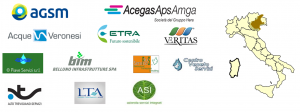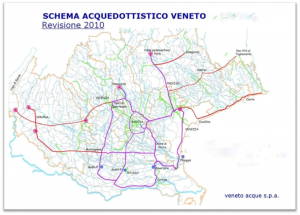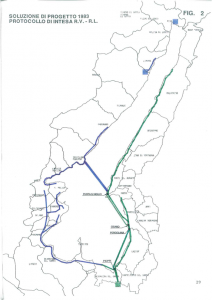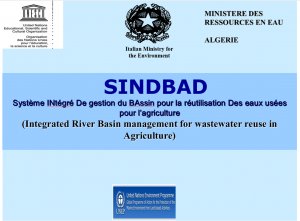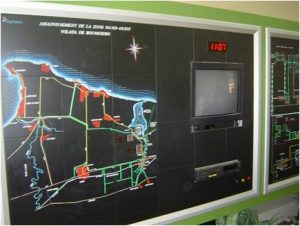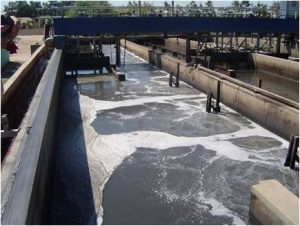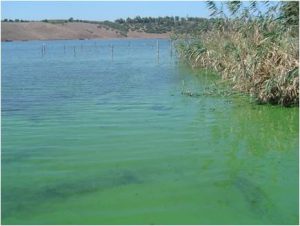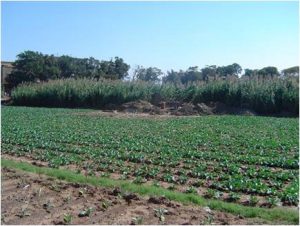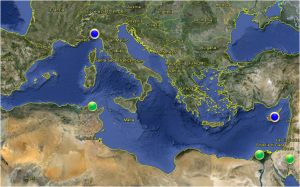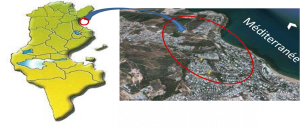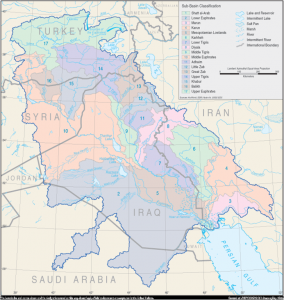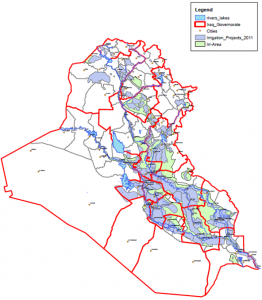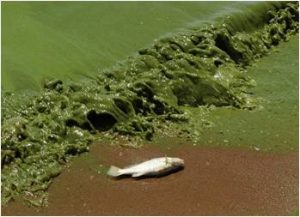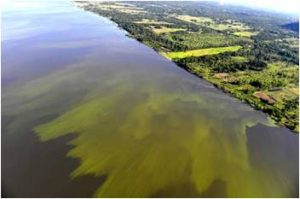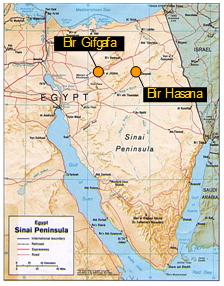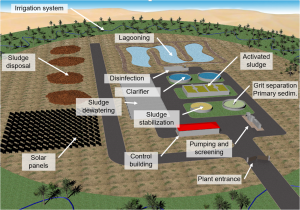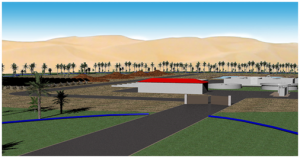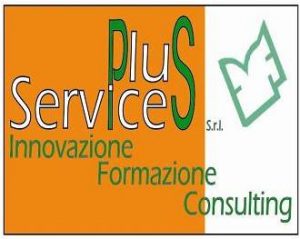ITALIAN EXPERIENCES AND TECHNOLOGIES IN WATER AND SANITATION: CASE STUDIES IN THE MENA COUNTRIES
Dr. Nicola Mazzonetto, Managing Director
CONFSERVIZI PROFILE
Cooperating in the fields of: water and sanitation, waste management, gas, energy, public lighting and heating, public transportation, hospitals and others. Confservizi Veneto represents at Institutional level 140 Public & Private Companies,
Confservizi Companies operating in Private Public Participation the WATER AND SANITATION INTEGRATED CYCLE in the Venetian Region.
SANITATION SYSTEM
All Confservizi Members operate their Sanitation System complying with the EU Water Framework Directive and Standard.
Confservizi Key figures in year 2015
- 356 Wastewater Treatment Plants
- 321.210. 587 – mc of treated water
- 14.700 km of sewers network
- 1.621.115 – Customers
- 5.500.000 P.E.
- 92% of the sewerage collected and treate
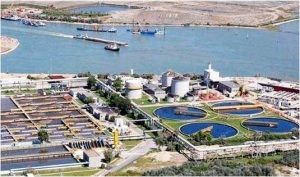
WATER SUPPLY SYSTEM
To improve the reliability and the resilience to climate change a large system of trans boundary connection of the main water supply system of Confservizi Members is under construction.
Confservizi Key figures in year 2015
- 668 – Water Intake and WTP
- 312.778.102 mc of distributed water
- 3.281,4 km of main pipes
- 29.766 km of distribution pipes
- 3.342.344 Users Served
- 98% of the Population served
CASE STUDY IN ITALY – LAKE GARDA
The Garda Lake, is the main Italian Lake. It has a surface area of 368 sq. km. It is key for :
- the regulation of hydropower plants
- the alleviation of flood and droughts
- the irrigation of 250.000 Ha
- the tourism (4 million in peak season)

Since the 70s human pressure on the environment has caused a progressive increase of nitrogen and phosphorus with the risk of eutrophication, algae bloom and anoxia. A large clean-up project was implemented and the trend is now inverted.
CASE STUDY IN ITALY LAKE GARD
A large trans-boundary multidisciplinary project involving 3 Regions was successfully implemented with the construction of main pipes surrounding the lake and diverting the discharge from the lake to a Wastewater Treatment Plan located at the estuary of the lake. The effluent of the WWTP is used in agriculture.
INTERNATIONAL CASE STUDIES
The associated Companies and the Roster of Experts of Confservizi have an extensive experience in the transfer of innovative technologies in the framework of Cooperation Funds – e.g. Italian Cooperation, EU Research, Europe Aid, AfDB, WB.
ROSTER OF EXPERTS
Ph.D. Ing. Luigi D’Alpaos
Professor of Hydrodynamics in University of Padua
Ph.D. Ing. Sergio Fattorelli
Professor of Water Resources Planning and Management in University of Padua
MsC. Ing. Agostino Avanzi
Senior Expert in Integrated Water Resources Management
MSc. Ing. Augusto Pretner
Senior Expert in Water and Sanitation Management
MsC. Ing. Enrico Frank
Senior Expert in Integrated Water Resources Management
MsC. Ing. Massimo Coccato
Senior Expert in Hydrogeological Hazard Assessment and Mitigation
INTERNATIONAL CASE STUDIES
SINBAD, Algeria – UNESCO funds
SINBAD: Integrated river basin management for wastewater reuse
AQUAKNIGHT – EU ENPI CBCMED Cross Border Cooperation in the Mediterranean funds
AQUA KNowledge and Innovation transfer for water savinG in tHe mediTerranean
SWLRI, Iraq – Iraqi Ministry of Water Resources funds
Strategy for Water and Land Resources
GIFGAFA, Egypt – Egyptian Environmental Affairs Agency funds
Innovative means of increasing water resources
Paraguay – IDB funds
Integrated basin management and sanitation plan of the lake Ypacarai
CASE STUDY IN ALGERIA – SINBAD
SINBAD is a pilot project that is part of the program to combat drought of the Algerian Ministry of Water Resources (MWR) funded by UNESCO.
SINBAD aims to make up for a quarter of the demand for irrigation in agriculture by reusing treated wastewater
CASE STUDY IN ALGERIA – SINBAD
Since the past three decades Algeria has been characterized by a semi-arid climate due to decreasing rainfall:
- Shortage in water supply and irrigation
- Increase of water consumption (demographic growth and economic development)
- Increased volume of untreated wastewater
- Agriculture water demand = 2700 million m3/year
- Wastewater produced = 750 Million m3/Year
- Benefits: energy consumption decrease, reduced impacts on environment.
CASE STUDY IN ALGERIA – SINBAD
Focus on two pilot sites that represent the complexity of the problem related to the management and use of wastewater in Algeria:
– The area of the Lake Reghaia, near Algiers
– The area of Constantine, in the eastern part of the country
CASE STUDY IN ALGERIA – SINBAD
Wastewater reuse cycle in Reghaia
⇓
⇓
⇓
CASE STUDY IN TUNISIA: AQUAKNIGHT
The Aquaknight Project is funded by the European Union under the ENPI CBC Mediterranean Sea Basin Programme. The project responds to the high priority of Mediterranean countries to optimise the use of water resources and is specifically focused on reducing Non-Revenue Water in water distribution networks.
The issue of Non-Revenue Water is addressed through the development of five parallel pilot projects in the cities of Limassol (Cyprus), Genoa (Italy), Alexandria (Egypt), Tunis (Tunisia) and Aqaba (Jordan) and capacity-building of water companies and public institutions concerned with water management.
CASE STUDY IN TUNISIA: AQUAKNIGHT
Tunis pilot area
The pilot area “Gammarth 90” is part of the northern suburbs of Tunis (Common Marsa). It is located 20 km from downtown. This area is limited by forest on the North and by the Mediterranean Sea on the East.
CASE STUDY IN TUNISIA: AQUAKNIGHT
Evaluation of Real Losses
- Leakage pre-location using sounding, noise logging or step testing
- Leakage pinpointing using acoustic equipment (correlator, ground microphone)
- Continuous monitoring of DMA inlet during leaks repair to check reduction in MNF (Minimum Night Flow)
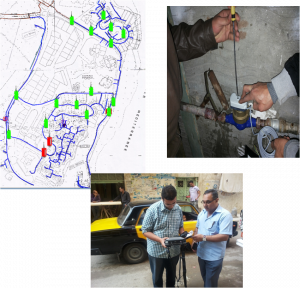
CASE STUDY IN TUNISIA: AQUAKNIGHT
Conclusions
- Physical Leakage control is the first step toward efficiency
- Reduction of Commercial Losses is also important giving immediate revenue with “small” investment
- Leakage Management has to be based on an integrated approach
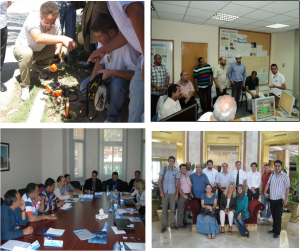
CASE STUDY IN IRAQ – SWLRI
The SWLRI Strategy for Water and Land Resources in Iraq project, completed in 2014, is aimed at defining an Integrated Strategic Plan for developing and managing water resources throughout Iraq to ensure sustainable management and development of the country water and land resources.
The planning horizon of the Strategic Plan is 20 years from 2015 to 2035, with detail for the first 5 years.
CASE STUDY IN IRAQ – SWLRI
SWLRI: Transboundary water resources planning
Water flowing through most of Iraqi rivers is generated outside Iraq.
Strategic importance of the SWLRI as a tool to support the agreements among the riparian States on the sustainable allocation of the transboundary water resources.
SWLRI strategic planning
- Survey and Planning of all hydraulic infrastructures: rivers, canals, drainage systems, lakes, dams, barrages, wetlands, water supply and sanitation, irrigations schemes.
- 1.100.000 ha of mechanically irrigated land where was developed the assessment of existing irrigation projects
- 7.000.000 ha of agriculture land in Iraq where remote sensing technology was applied to assume water demand from agriculture
CASE STUDY IN PARAGUAY – LAKE YPACARAI
Lake Ypacarai is an important natural, historical, cultural and recreational resort in Paraguay.
The increase of industrial and agricultural production contributes to the degradation of the natural status of the environment.
Development of an integrated basin management and sanitation plan of the lake including:
- Analysis of the current situation of the lake and watershed (110,000 ha)
- Hydraulic and water quality modelling
- Identification and analysis of actions and mitigation measures
- Definition of the investment program;
- Preparation of the final documents and design
CASE STUDY IN PARAGUAY – LAKE YPACARAI
Mitigation measures include non-structural actions:
- agricultural pesticides and livestock waste management
- mitigation of erosion processes and stormwatermanagement
- industrial waste management
- sustainable development of tourism, and information and communication plans
Structural measures include:
- construction and upgrade of sewerage networks
- construction and upgrade of urban wastewater treatment plants (WWTP)
- diversion of the flows of some tributaries

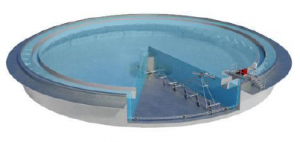
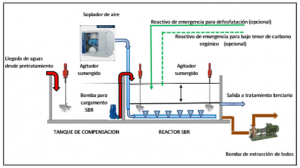
CASE STUDY IN EGYPT – GIFGAFA
The project Means of Increasing Water Resources was implemented in the village of Gifgafa (North Sinai).
General objectives of the project:
- Water resources management in desert areas
- Pilot project to desalinate non-renewable groundwater using innovative techniques
- Pilot project to reuse treated waste water in agriculture

CASE STUDY IN EGYPT – GIFGA
The project was implemented in the village with 10.000 population:
1.Well (600 m deep) + WTP (reverse osmosis desalination unit).
2.Network for distribution of brackish water : 150 l/d/p.
3.Network for distribution of desalinated water: 60 l/d/p.
4.Wastewater Treatment Plant.
5.Irrigation network for the reuse of treated wastewater.
CASE STUDY IN EGYPT – GIFGAFA
Phase 2 Scheme of the wastewater treatment plant end irrigation system.
PLUS SERVICES TUNISIA
In 2016 Confservizi established PLUS SERVICES TUNISIA Sarl, a company providing consulting services in the engineering, capacity building and innovation sectors in Tunisia and Libya. It is a concrete presence in the territory as well as the ideal partner aggregating highly qualified engineering forces for the implementation and management of complex, multidisciplinary projects.


